Ueno Park is famous as one of the cherry-blossom viewing spots or cultural venues which has several amusement facilities such as museums, a zoo, and a concert hall. Beyond that, Ueno Park has a long and winding road and there exists people’s strong will and enthusiastic behavior behind its history. Here are some tips for authentic visitors for Ueno Park.
Pre-history of Ueno Park

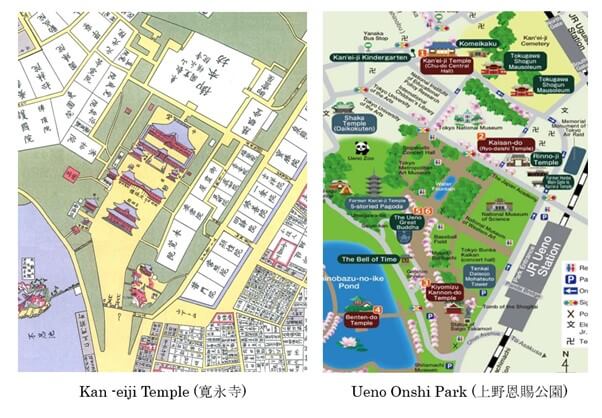
Ueno Park was a huge precinct of the Kan-eiji Temple (寛永寺)established in 1625 by a priest named Tenkai Daisoujou, who had a strong relationship with the Tokugawa Shogunate. Kan-eiji Temple was one of the guardians of Edo City based on the Feng shui, a kind of Chinese geomancy.
The first Tokugawa Shogun, Ieyasu (家康), had a determined will to change Edo into a central city of Japan, equal to Kyoto (京都), and somehow wanted to overcome and to be even greater than Kyoto. So Ieyasu imitated some features of Kyoto, such as cherry-blossoms and great temples. Eventually, Kan-eiji Temple became a large and important temple full of cherry blossoms in the Edo period (1603 ~1867). But at the end of the Edo period, most of its area was destroyed in the Ueno War(1868). And the next plan was to construct military hospitals in that area.
During that procedure, A. F. Bauduin, a Dutch doctor who had worked for Tokugawa Shogunate, opposed that plan. He knew the significant role of the natural and beautiful park for humans from his point of view. His words somehow delayed the plan, and eventually the Ueno area gradually became a hybrid area of remaining historical sites and newly-built cultural facilities, such as museums, a zoo, and a concert hall.

A Statue of Saigo Takamori
Saigo Takamori was one the most influential people in the late Edo period. To learn more about his life, please check this link: https://en.wikipedia.org/wiki/Saig%C5%8D_Takamori
Now you can see one of his statues in Ueno Park. Many people’s thoughts were involved in making this statue, but there is one thing that is certain. A statue of Saigo does not represent what he was. His achievement was recognized but the government at that time did not want the resurrection of Saigo’s popularity, so they changed his attire into that of a common, ordinary person. Even his wife was shocked to see the statue and denied this style..

Ueno Buddah

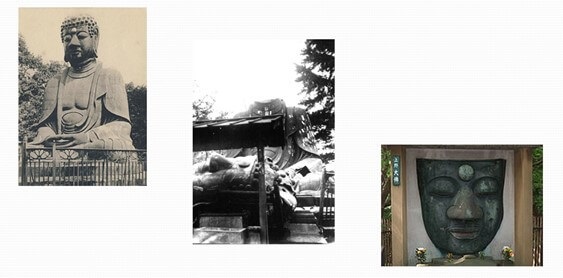
Only part of the face remains, and now it is believed that it will not fall apart any more. Now people visit Ueno Buddha to receive good fortune because it will never be damaged again.

This Buddah also has an extraordinary odyssey. It was established in 1631and was broken down by the Kanto earthquake in 1923. In 1940, during World War II, The government ordered the donation of the broken Buddah as metal material for bullets. So Ueno Buddah was thought to have disappeared.
But in 1972, the ‘remaining’ face part was set as a relief of the Ueno Buddha. The official explanation finishes here. Thinking about the days of the war, the priest in Kan-eiji Temple would have had to obey the orders to donate the broken Buddah.
But probably someone protected ‘the face’ because this relief was not a replica.
Conculsion
If you have a chance to visit Ueno, some knowledge of Japanese history will help you understand the real things behind the statues: Ueno is a place where many enthusiastic, willful Japanese people went through their eras. Their ‘foot prints’ remind us of that fact.
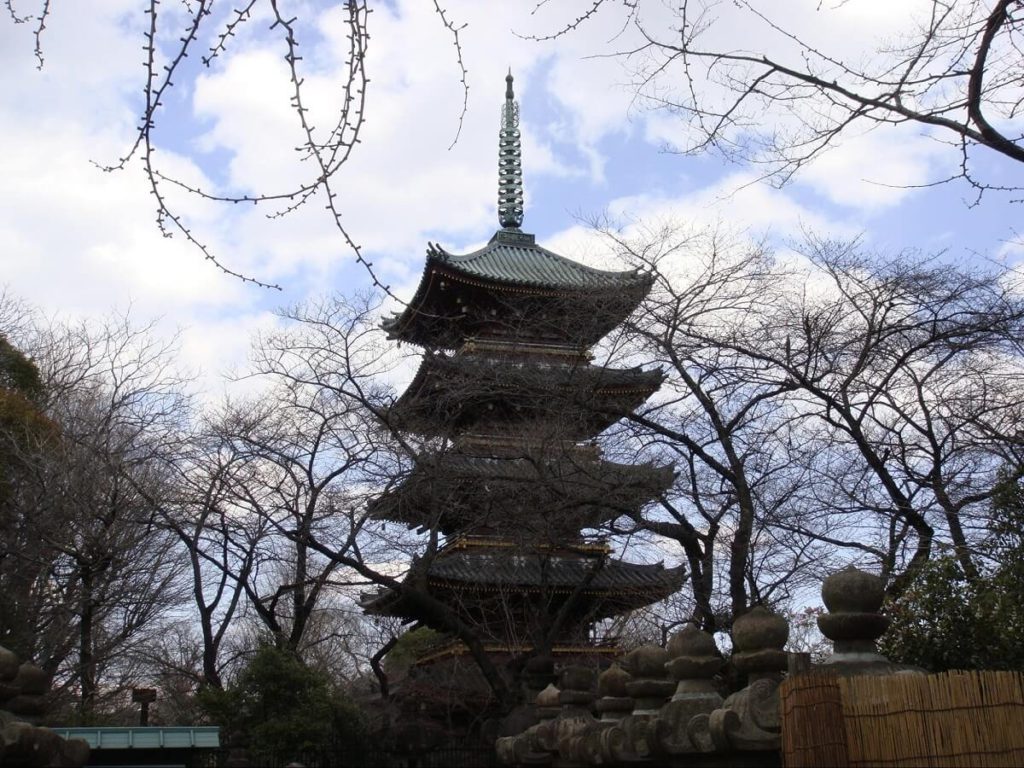
National Tour Guide (English), Eiken Grade 1, TOEIC A rank. Have been studying and teaching English for over 30 years.

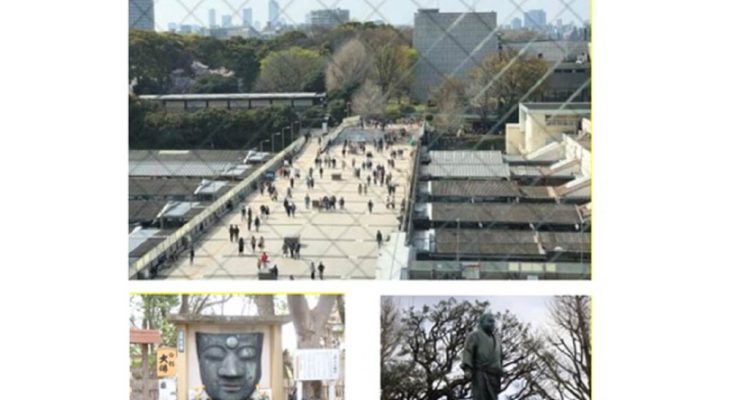
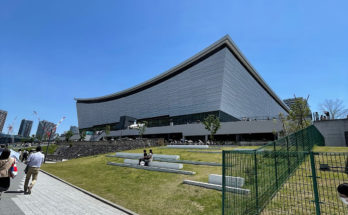
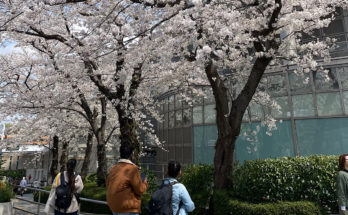
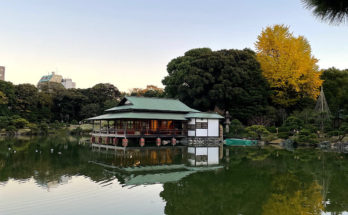
 HTJ has a YouTube page! Check it out
HTJ has a YouTube page! Check it out
Thanks for your wonderful articles!!
I really enjoyed reading it☺️✨
Thank you for reading my article on Ueno Park. If you have a chance to visit UENO, please find out Ueno Buddha or enjoy walking there with a memory of its old Kaneiji temple days.